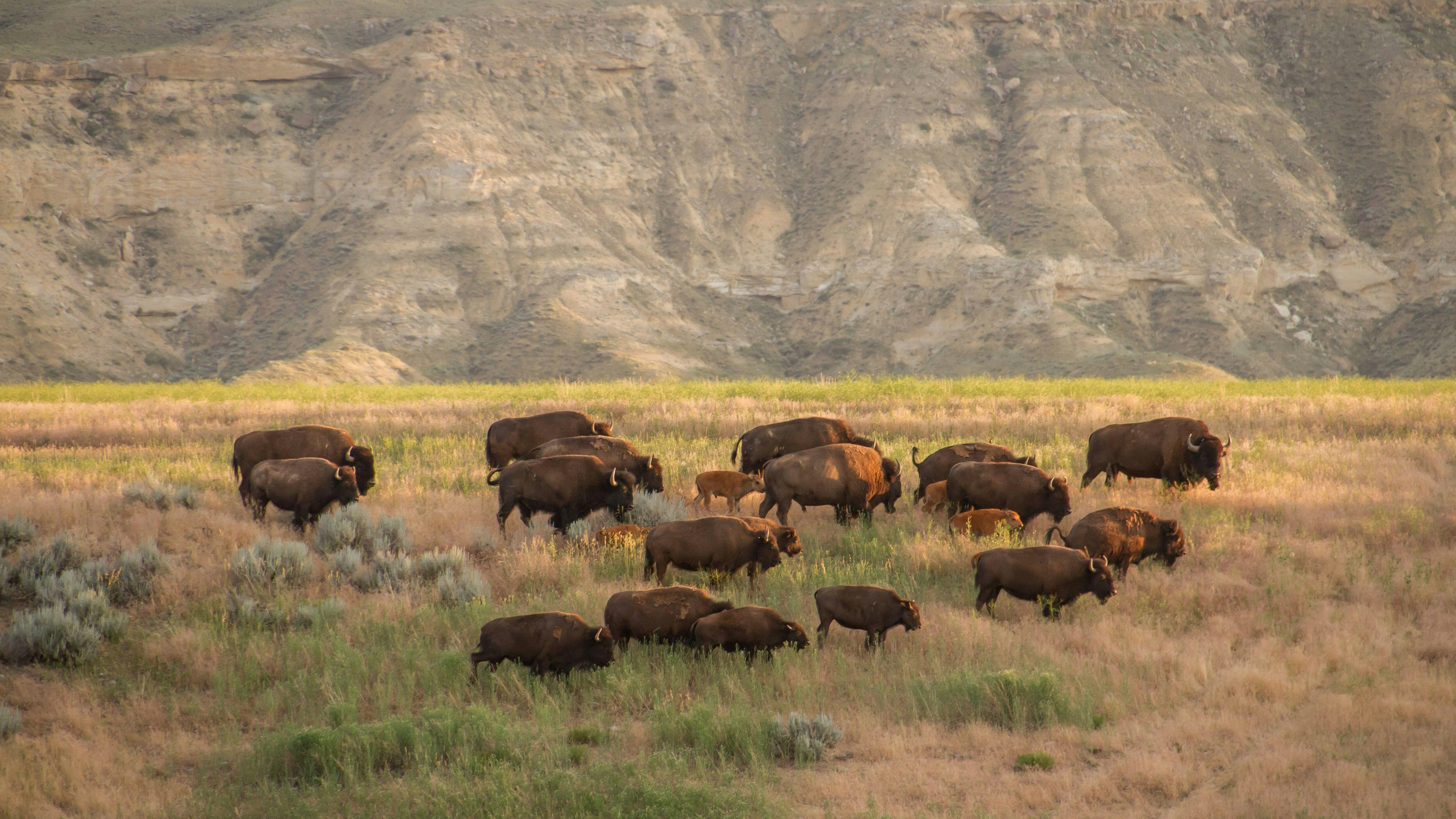Members of Wyoming’s congressional delegation joined forces on Wednesday to pen a letter blasting the U.S. Bureau of Land Management for a “secretive” land deal made to purchase thousands of acres of land in Natrona and Carbon counties.
This letter to U.S. Department of Interior Secretary Deb Halland comes less than a week after Gov. Mark Gordon announced that the state would be appealing the land purchase due to a lack of transparency and concern over its potential impacts.
In Wednesday’s letter, U.S. Sens. John Barrasso and Cynthia Lummis and U.S. Rep. Liz Cheney said the BLM did not involve the public or local and state officials in the purchase process and failed to consider the impacts of lost revenue on local communities.
“We steadfastly respect private property rights, and the rights of individual landowners to sell to willing buyers. We also understand the desire to increase access to our public lands so that all Americans can enjoy them,” the delegation wrote to Haaland. “However, because the federal government already owns and controls nearly half of Wyoming’s lands, we question the BLM’s need to purchase and acquire vast amounts of additional lands in our state — especially if such acquisitions are not accompanied by equivalent federal land disposals.”
The BLM earlier this month announced the purchase of 35,000 acres of private land spanning the two counties. The purchase was intended to provide “endless” recreational opportunities for Wyoming residents and visitors alike, a BLM spokesman previously told Cowboy State Daily, by opening access to public lands that may have been blocked in the past.
But the delegates called on Haaland to “neutralize” the expansion of the “federal footprint” by identifying other lands available for exchange, trade or purchase elsewhere in the state. They also called for the reinstatement of a previous DOI policy requiring local and state support before the federal government can acquire more land.
The three also said they were “troubled” there appeared to have been no coordination or communication between BLM and state and local officials prior to the purchase and acquisition and no notice was given prior to the June 2 announcement of the purchase.
They argued that private landowners and local officials were the best stewards for lands within Wyoming.
“While federally-owned lands can offer opportunities such as recreation, tourism, and wildlife habitat, they can also yield costly drawbacks,” Barrasso, Lummis and Cheney wrote. “For instance, when the federal government owns land in a county, the county cannot collect property tax on that acreage and such losses need to be offset by additional federal spending…
“In addition, in spite of major recent investments, federal land management agencies continue to struggle to adequately address significant maintenance needs,” the letter continued. “Federal ownership of land has not, and never will be, equivalent to conservation. [We] would urge both the (Interior) Department and the Bureau to make decisions based upon what’s best for the land, not what might be in the Administration’s political interests.”
Last week, Gordon said while he supported the BLM’s stated goal of expanding public access of the land for hunters and anglers and the rights of private landowners to sell their property, he also had concerns about the process followed to achieve the purchase.
The nonprofit Land and Water Conservation Fund funded the purchase of the 35,670-acre Marton family ranch, which stretches through Natrona and Carbon counties, bureau spokesman Tyson Finnicum previously told Cowboy State Daily.
The private land is located about 25 miles southwest of Casper, just east of the Alcova Reservoir and stretches from the North Platte River south into Carbon County.
Finnicum said the money to purchase the land came from the Land and Water Conservation Fund (LWCF), which gave a $21 million appropriation last year to purchase the Marton ranch in its entirety.
He added that the LWCF is largely funded by offshore oil and gas revenue.
“Money from the LWCF goes to a variety of programs to support recreation and conservation, from building city parks, to protecting historic and cultural sites, to providing public access to rivers and lakes,” Finnicum said.





